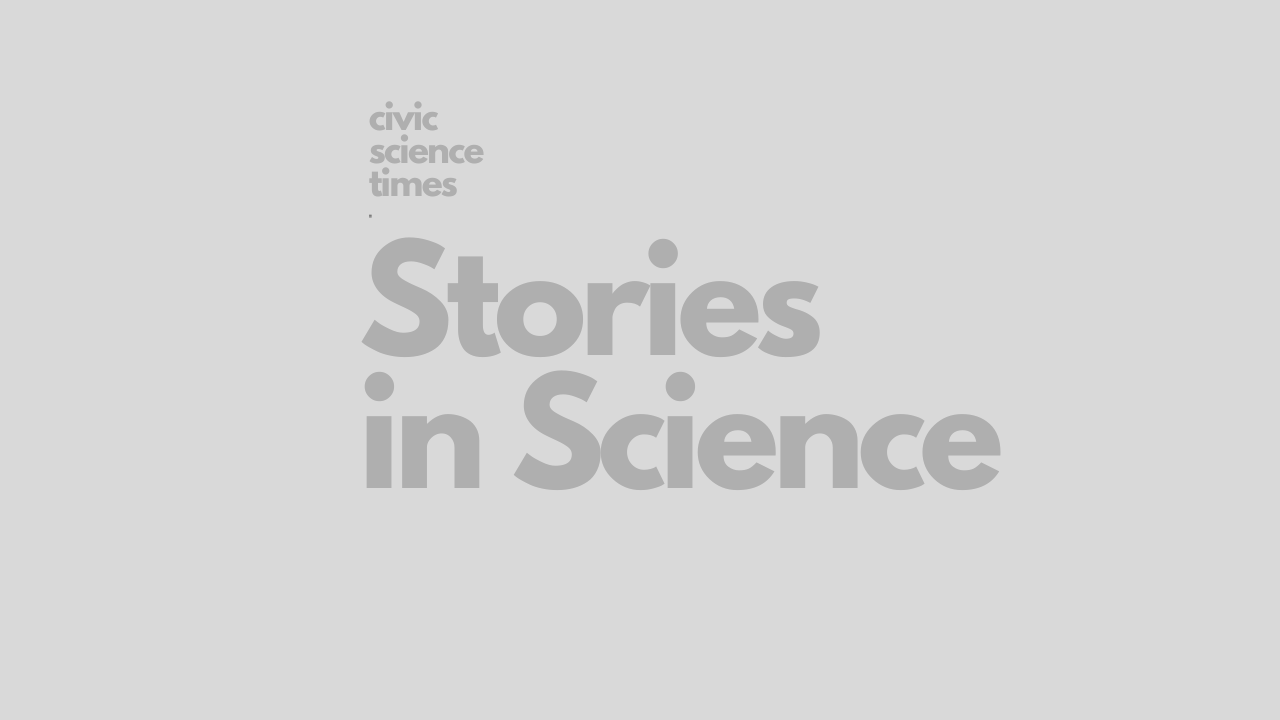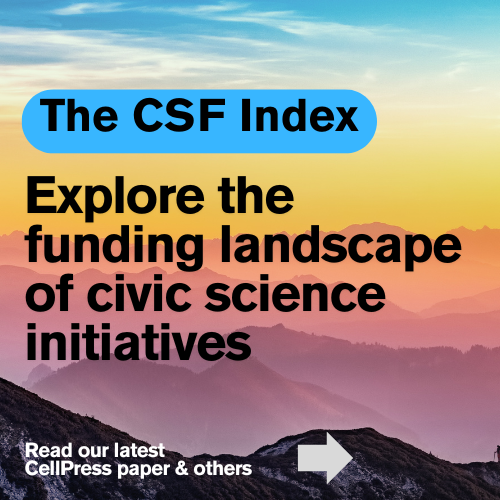CSO - Stories in Science
Making My Way from Mountains to Mud: Part 2

– Robin McLachlan –
<> In Part 1 of this journey, I bumbled down into Crystal Cave, the rocky heart of Sequoia National Park, where my love for geology was ignited. But if this fiery relationship started way up in the mountains, how did I make my way all the way down to cool muddy coasts? Well, I followed the rock cycle, of course, and hitched a ride down a river.
As a geology major, my sponge-like brain was wide open and soaking up all of the scripted lectures of classrooms and staged field trips. I was loving it! But, as time went on, I was no longer mesmerized by the basics and fundamental principles of geology. I needed to get my hands dirty next to real geologists doing real research. So, I did what many young hopefuls do and called up my state’s Geological Survey to ask for an internship. And just like many young hopefuls, I was ignored. So, I waited, and contacted them again, and even again, and then sold my soul and offered to work for free. They took the bait.
As an intern at the Survey (where I did end up getting paid), I was passed around to any and all geologists that needed a field hand. I dipped my toes into a lot of projects, and am incredibly thankful for every opportunity (huge shout out to Brenda Hockensmith, Bill Clendenin, and Kerry Castle!). But the one that made me want to jump in head first was the Broad River Basin project. The goal of this study was to follow rocks and sediment along a piece of their journey from source (mountains) to sink (ocean). We wanted to know where the sediment came from and how it was eroded and deposited. We wanted to understand how the stability of the river channels affected the health of animals that relied on the river, and ultimately, how the local people would be affected. Understanding how the local community could remain stable and successful was our base motivation.
My days were often spent out in the field collecting data. This meant long drives on hot southern summer days with the windows down, stopping to trudge through brush and briars with scientific instruments in hand and emerging on a steep river bank, and then wading right on in to the cool flowing water. I looked forward to these lovely days when we went out to collect water and sediment samples, measure water speed, and survey the shape of the bed and banks. We even got to help the fish guys on their field days.
But, our days weren’t always so picturesque, and I got to see the distrust between the locals and government scientists first hand. If there were local people having a nice time by the river when we pulled up in our truck with a giant DNR (Department of Natural Resources) decal plastered to the side, they would scurry away before we parked without making eye contact. Our shiny, official-looking instruments with government tags often came back from the field riddled with bullet holes, if they came back at all. I also heard stories from colleagues that had face-to-face confrontations with locals who weren’t happy about government trespassing on their land, even though the land was state property. The locals thought of us as intruders coming to write them citations and take away their tax dollars and independence. For us, they began as the motivation and ended as pests that could sabotage our project. Distrust existed because we weren’t communicating. They didn’t know why we were there, and we didn’t know what they wanted to gain from our project. This problem is in no way restricted to the SC Geological Survey; it’s rampant among scientists and non-scientist’s in general.
I had jumped into real research and emerged grateful, but ultimately unsatisfied. I loved the science I was doing, but I was completely disconnected from the farmers whose land was impacted by the science. I realized I wanted to be more than just a scientist. I also wanted to be a voice for science and an ear for the public. So, I applied to graduate school at the University of Washington and headed over to start my very own project, a project that could be molded around building relationships between scientists and the public.
But this isn’t the end of my story, and the adventure just keeps getting better. I’ll share more of how I made my way from mountains to mud, from disillusioned intern to determined graduate student in Part 3 of this story in science.
Follow along with this story, and many others, by visiting my blog For the Sediment Record.
Featured Image titled “River Flow” is by Ali Sabbagh from Flickr | Public domain
The CS Media Lab is a Boston-anchored civic science news collective with local, national and global coverage on TV, digital print, and radio through CivicSciTV, CivicSciTimes, and CivicSciRadio. Programs include Questions of the Day, Changemakers, QuickTake, Consider This Next, Stories in Science, Sai Resident Collective and more.

-
Civic Science Observer4 weeks ago
What are the objectives of the Neurotech Justice Accelerator at Mass General Brigham?
-
Civic Science Observer5 days ago
Meet the New Hampshire organization changing the way we see insects
-
Civic Science Observer2 months ago
Dear Colleagues: Now is the time to scale up public engagement with science
-
Civic Science Observer1 week ago
Dear Colleagues: Help us understand the national impacts of federal science funding cuts on early career researchers in academic laboratories




















